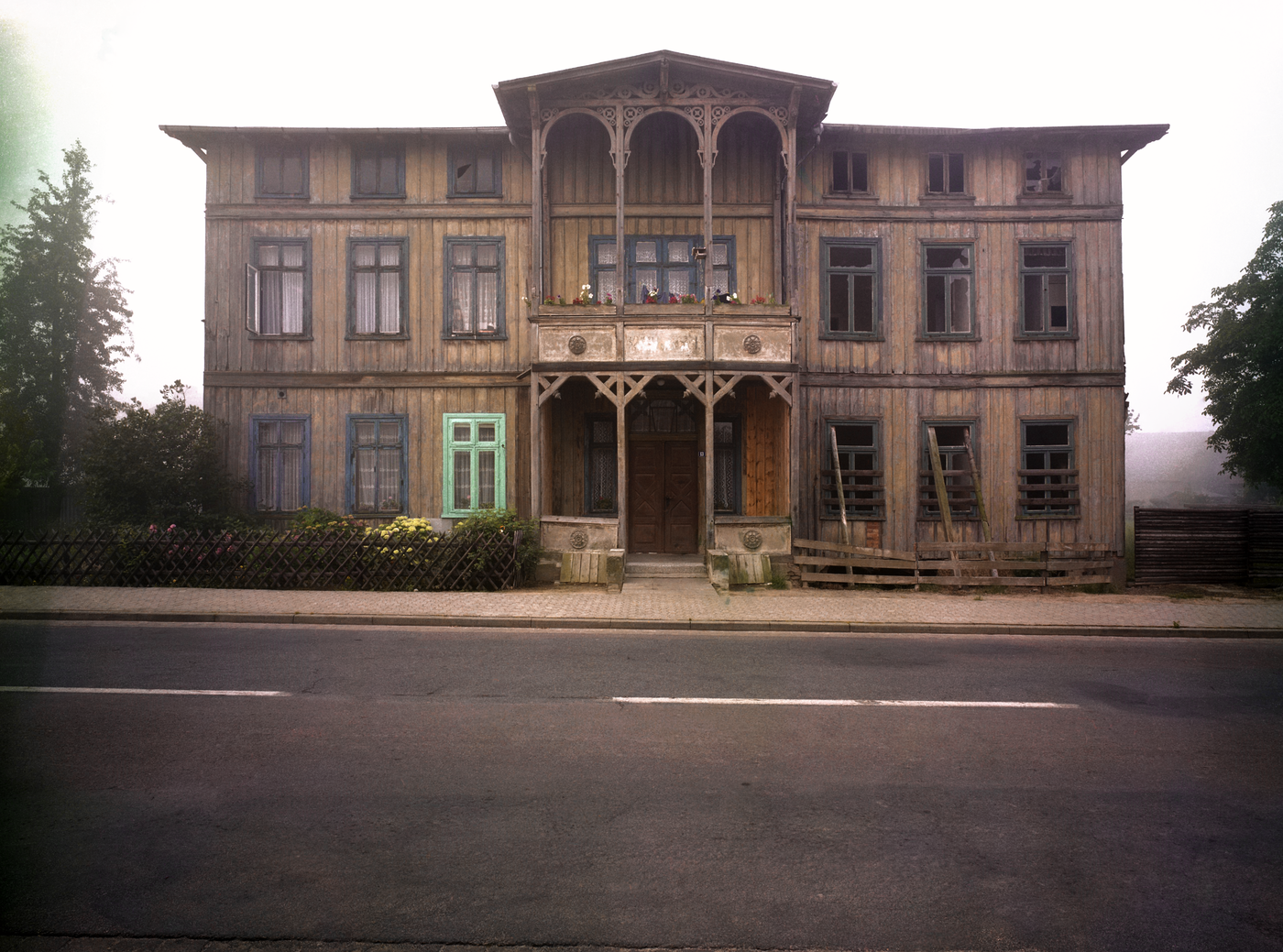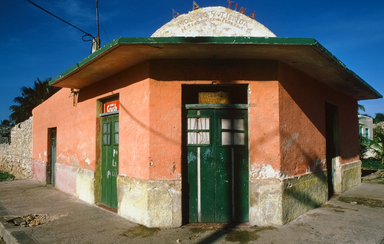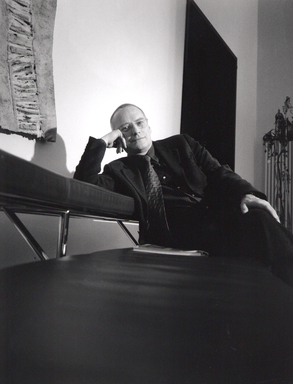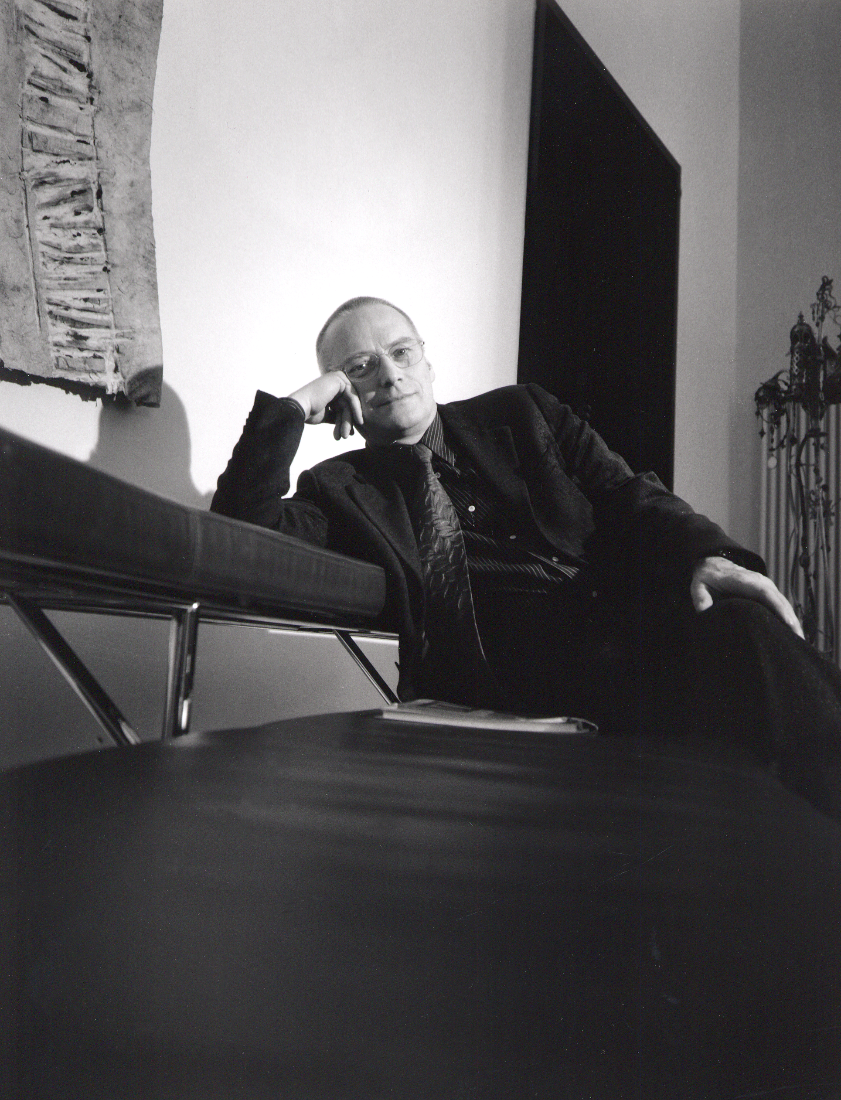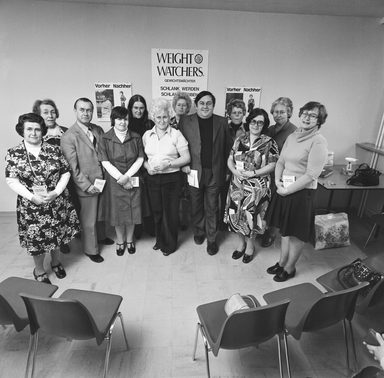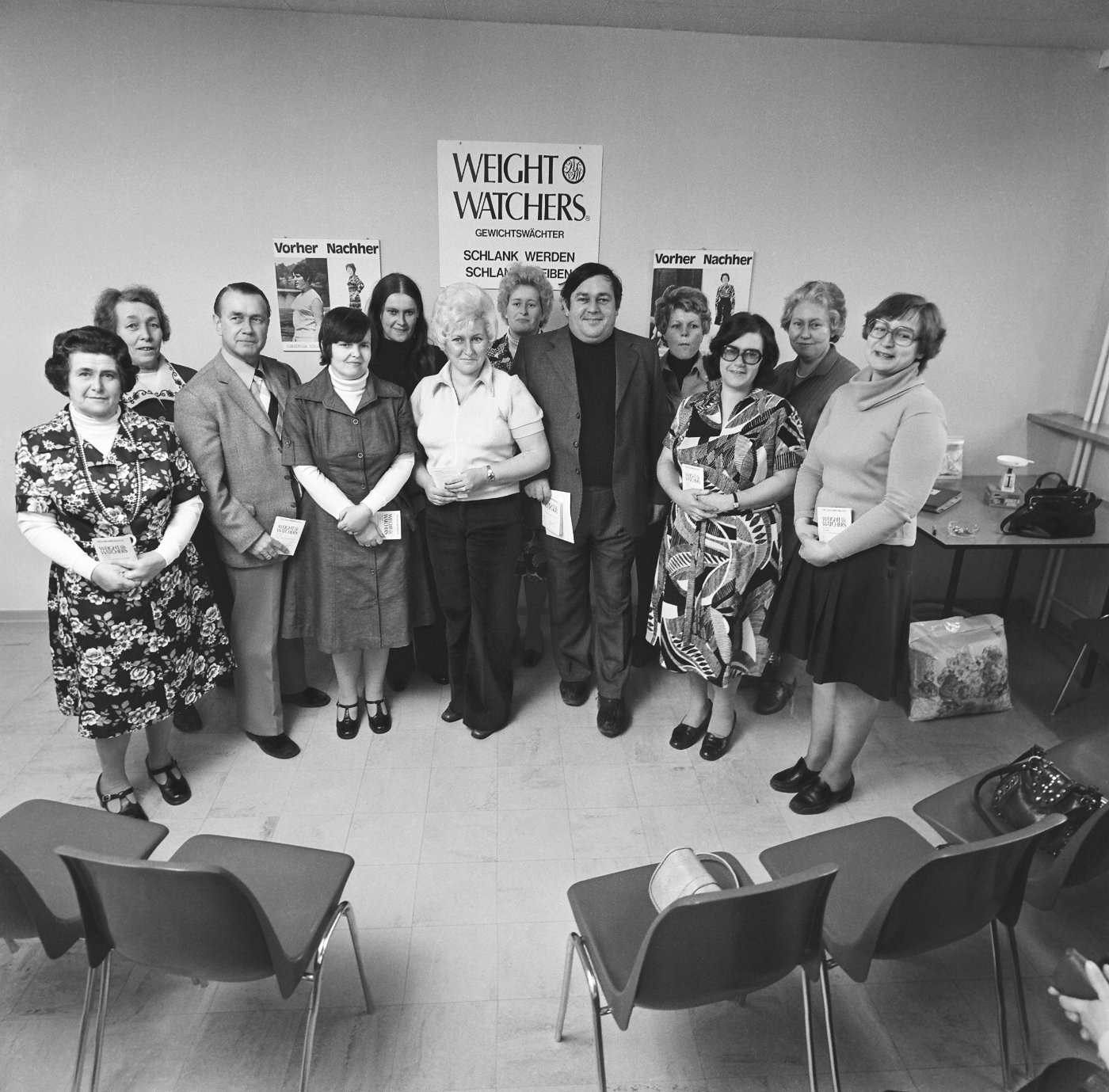Joachim Giesel | Borderland–No man's land (1965–1989)
Joachim Giesel | Borderland–No man's land (1965–1989)
Kurz vor der Schmerzgrenze was the title of the article in the 20th issue of Stern in 1983, which showed eight photographs by Joachim Giesel. Between 1965 and 1989, the photographer repeatedly traveled to the inner-German border, to the so-called zone border area. There he documented the extinction of once populated areas from a West German perspective in a large number of photographs. The motifs show dilapidated estates, disused railroad tracks, fields overgrown with weeds, closed roads, closed ferry ports as well as guard posts, fences, borders and border crossings. In his photographs, Giesel captured the desolation of once existing connections: both scenic and political.
Format:
Photo / Video


